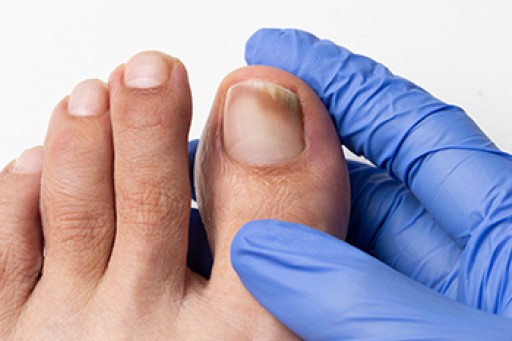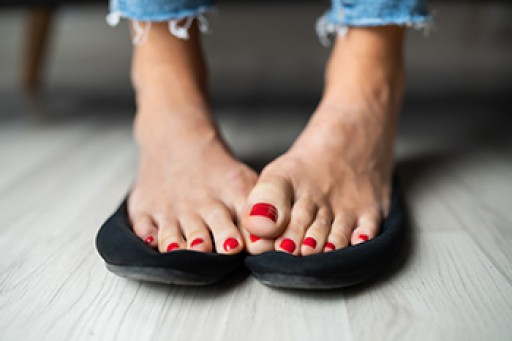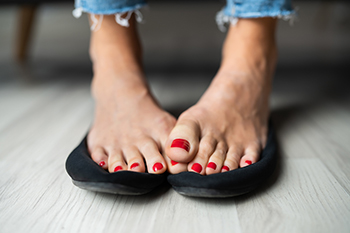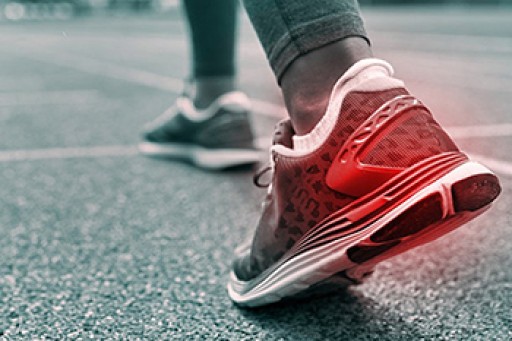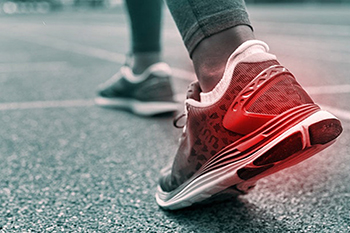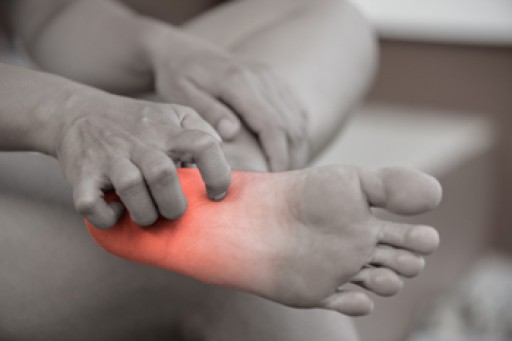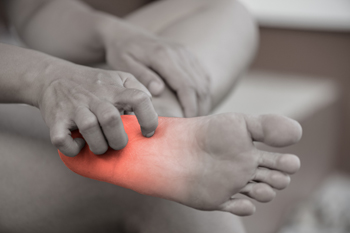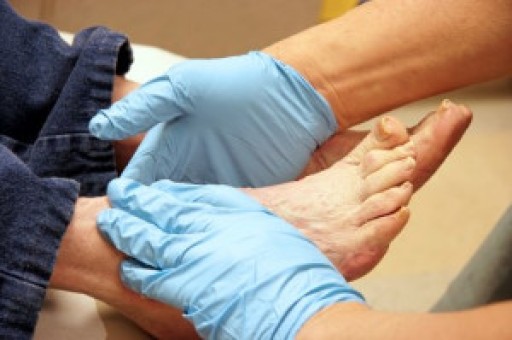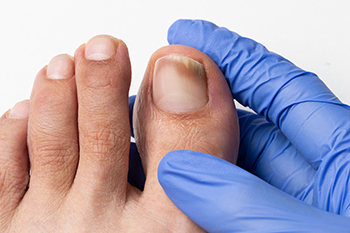
Chemotherapy is a way in which modern science has enabled doctors to treat cancer patients. Essentially, chemotherapy is a way to kill cancer cells that grow and multiply in the body rapidly. Chemotherapy is associated with many different changes in the body, and one of those changes is a noticeable difference in the health of the nails. For example, chemotherapy can sometimes be associated with toenail fungus. Pre-existing nail fungus, like that common to the toenails, can exacerbate nail changes produced by chemotherapy. Importantly, sometimes chemotherapy can induce changes to the nails that then can lead to the development of some kind of toenail fungus. If you are someone who is living with cancer, it is important to understand the effects chemotherapy can have on the health of your toenails. A podiatrist can help you navigate these potential effects on your feet.
For more information about treatment, contact one of our podiatrists of Biebel & DeCotiis Podiatry Associates. Our doctors can provide the care you need to keep you pain-free and on your feet.
Toenail Fungus Treatment
Toenail fungus is a condition that affects many people and can be especially hard to get rid of. Fortunately, there are several methods to go about treating and avoiding it.
Antifungals & Deterrence
Oral antifungal medicine has been shown to be effective in many cases. It is important to consult with a podiatrist to determine the proper regiment for you, or potentially explore other options.
Applying foot powder on the feet and shoes helps keep the feet free of moisture and sweat.
Sandals or open toed shoes – Wearing these will allow air movement and help keep feet dry. They also expose your feet to light, which fungus cannot tolerate. Socks with moisture wicking material also help as well.
If you have any questions please feel free to contact one of our offices located in Holmdel and Middletown, NJ . We offer the newest diagnostic tools and technology to treat your foot and ankle needs.
